Israeli forces injure over 100 Palestinians in West Bank clashes
Israeli forces have injured 106 Palestinians during clashes that erupted after the murder of a Palestinian man at the hands of the regime's troops in the occupied West Bank.
The Palestine Red Crescent Society said that a Palestinian was shot with live ammunition, while 19 others were hit by rubber bullets during clashes with Israeli forces on Sobeih Mountain in Beita and at the entrance to the town, which lies south of the West Bank city of Nablus, on Tuesday night.
The injured also included 72 Palestinians who suffered breathing difficulties after inhaling tear gas fired by the Israeli troops.
According to the report, the clashes erupted after Israeli forces shot dead Shadi Salim, 41, near the flashpoint town of Beita earlier on Tuesday. Local residents said there were no protests when the fatal shooting took place.
Over the past weeks, the area has seen intensified clashes between Israeli forces and Palestinians protesting against a settlement outpost that has been recently established on Sobeih Mountain by settlers under the protection of Israeli forces.
More than 600,000 Israelis live in over 230 settlements built since the 1967 Israeli occupation of the West Bank and East al-Quds.
All Israeli settlements are illegal under international law as they are built on occupied land. The United Nations Security Council has condemned Israel’s settlement activities in the occupied territories in several resolutions.
'End of Israel around the corner'
Separately, the Palestinian resistance movement Hamas announced that it has been devising a comprehensive plan for liberating the occupied territories.
Kamal Abu Aoun, a member of the political bureau of Hamas, said on Tuesday that the resistance movement and its political and military leadership are working “day and night” to set up a comprehensive plan to liberate Palestine and facilitate the return of Palestinians driven out of their homeland.
“The Palestinian resistance managed to achieve the image of victory during the battle of al-Quds Sword, with the sirens sounding in the occupied cities and the herds of settlers fleeing due to the resistance strikes,” Abu Aoun said at a conference in the Gaza Strip.
He noted that the Palestinian resistance achieved clear victory during the battle which, he said, constituted an insult to the Tel Aviv regime, and described it as “the worst” in the Israeli entity’s history.
The Hamas official stressed that the battle took place in defense of al-Quds and marked an advance towards implementing the project of return and liberation.
Noting that the last years have witnessed an escalation in Israel’s violations and tyranny since the US relocated its embassy from Tel Aviv to the occupied al-Quds, Abu Aoun said such aggression would be followed by “a decline” as the defeat of the Israeli occupation is “around the corner.”
Tel Aviv launched a brutal bombing campaign against the besieged Gaza Strip on May 10, following Palestinian retaliation against violent raids on worshipers at al-Aqsa Mosque and the regime’s plans to force a number of Palestinian families out of their homes at the Sheikh Jarrah neighborhood of East al-Quds.
About 260 Palestinians were killed in the Israeli offensive.
In response, Palestinian resistance movements, chief among them Hamas, launched Operation al-Quds Sword and fired more than 4,000 rockets and missiles into the occupied territories, killing 12 Israelis.
Apparently caught off guard by the unprecedented barrage of rockets from Gaza, Israel announced a unilateral ceasefire on May 21, which Palestinian resistance movements accepted with Egyptian mediation.
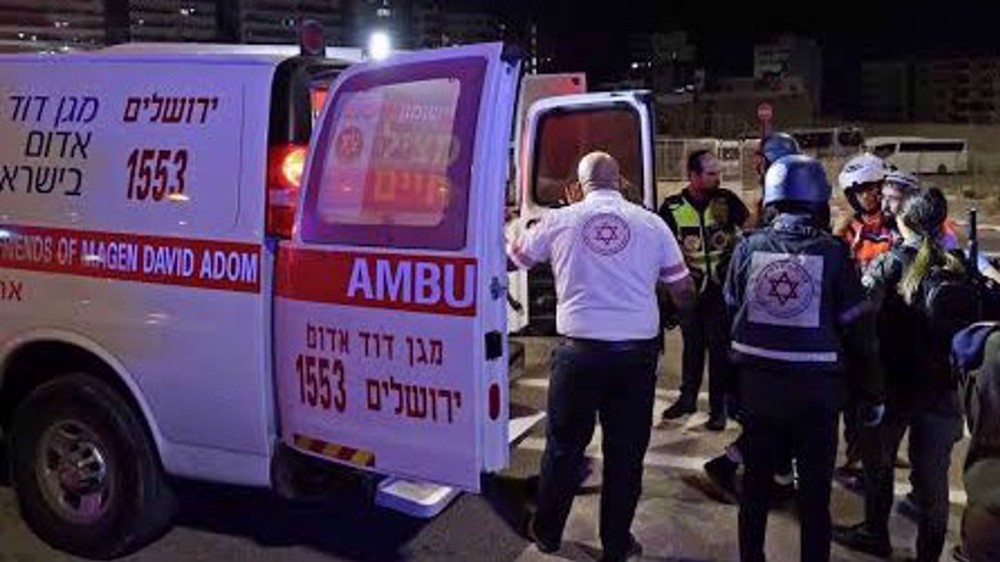
Over dozen settlers injured in anti-Israel operation near Haifa
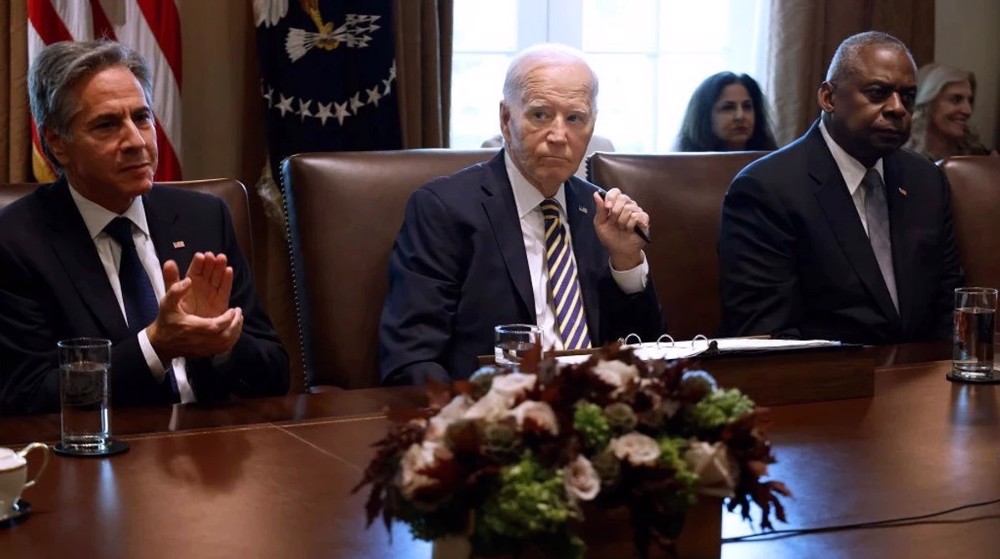
Biden, Blinken, Austin referred to ICC over Gaza war crimes
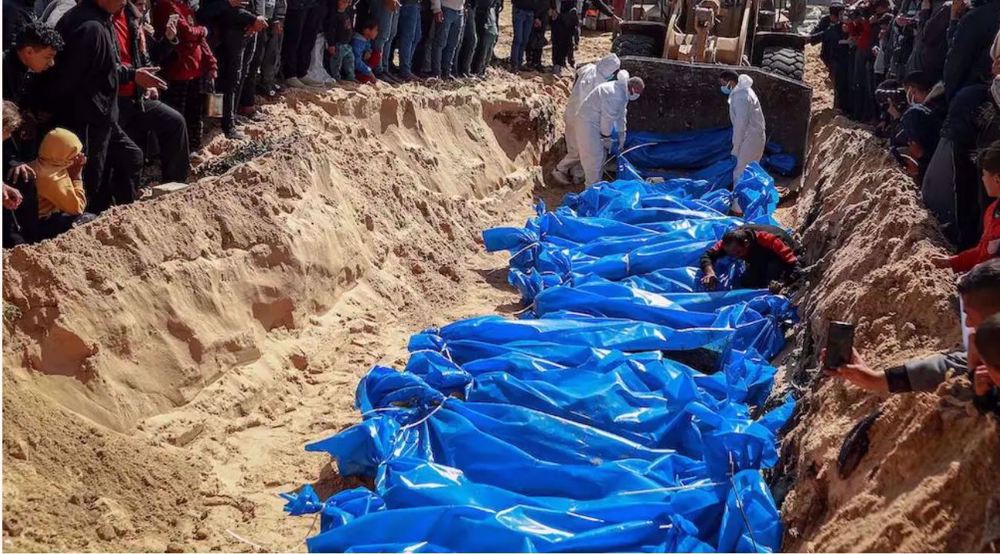
Over 700 bodies recovered in Gaza, most remain unidentified
Over dozen settlers injured in anti-Israel operation near Haifa
Pezeshkian: Iran open to talks but won’t capitulate to bullies
VIDEO | Iran unveils advanced naval arsenal
VIDEO | Reunion of released Palestinians and their families in Khan Yunis
Kurdish leader Ocalan calls on PKK militants to end war with Turkey
Health leader warns Africa's health services at risk of 'collapse'
VIDEO | Press TV's news headlines
Iranian flotilla makes port call in India with 'friendship message'


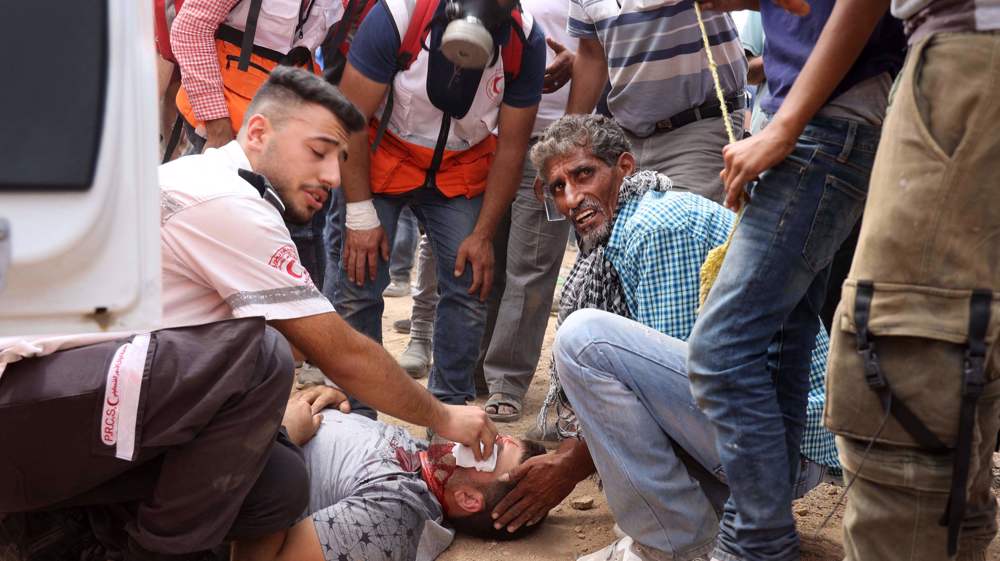
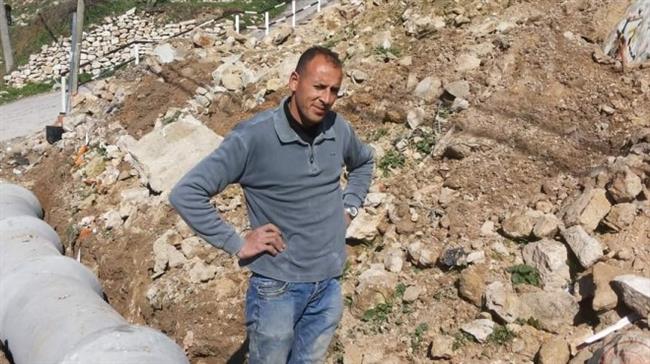




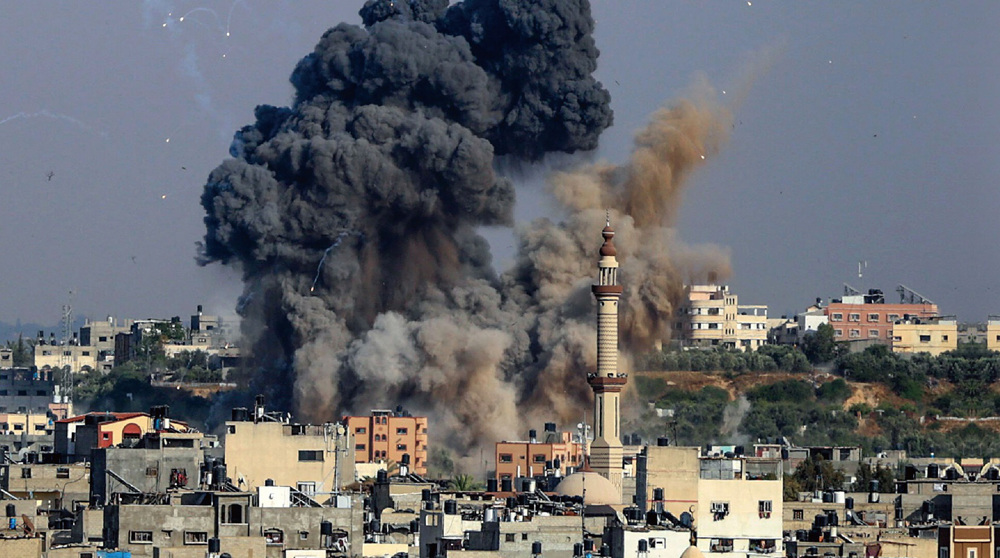

 This makes it easy to access the Press TV website
This makes it easy to access the Press TV website